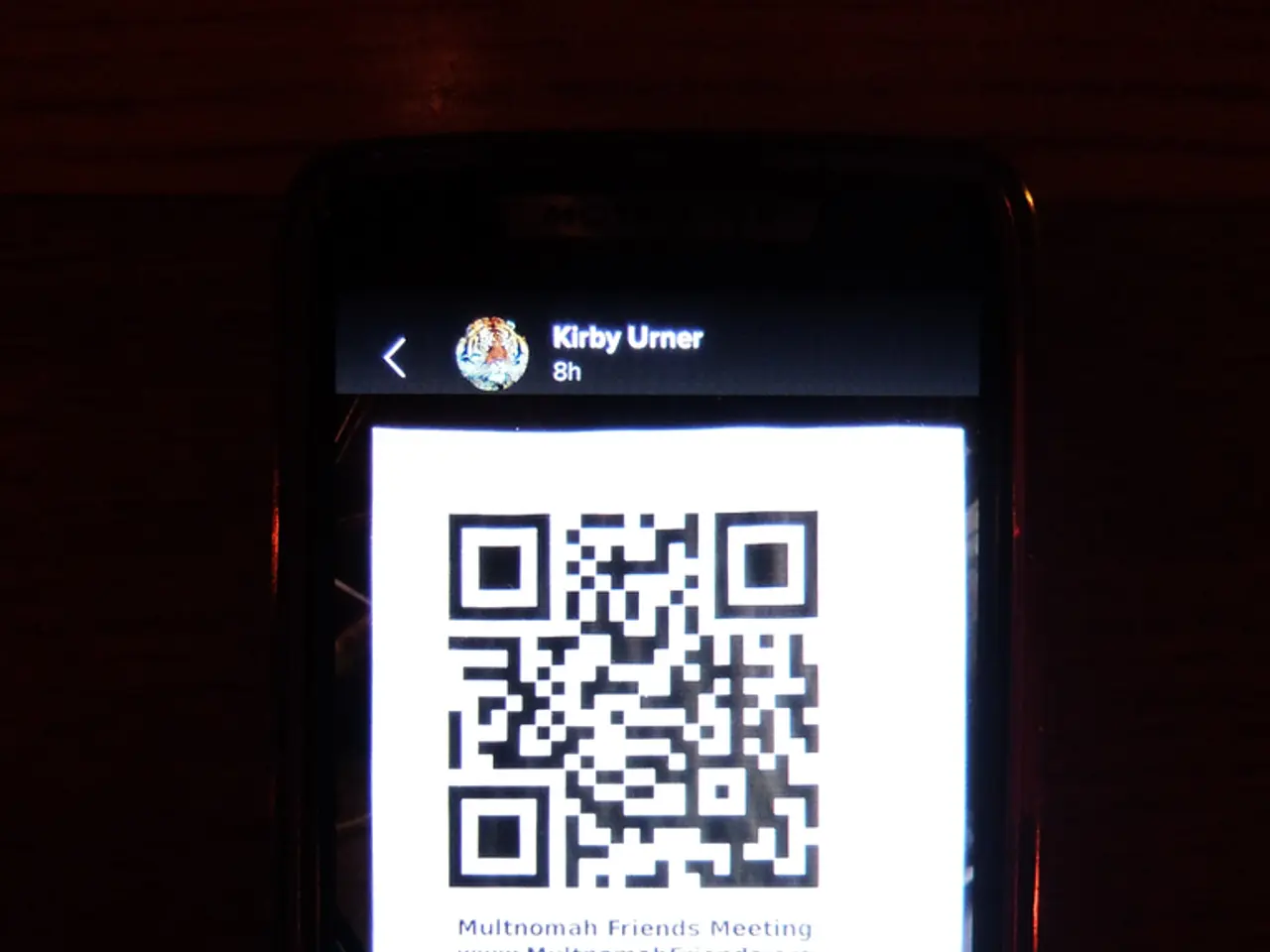Concerns Over Q-Day and the Demise of Digital Safety: Reasons for Widespread Anxiety
In the realm of cybersecurity, Q-Day stands as a significant event on the horizon. This hypothetical moment marks when quantum computers become powerful enough to break the cryptographic algorithms that secure our digital communications and data[1][2][3]. Such a breach would render many existing encryption methods obsolete, leaving critical data and communications vulnerable to quantum-enabled attacks.
Experts, including the UK National Cyber Security Centre (NCSC), estimate that a full migration to quantum-resistant cryptographic algorithms should occur in phases. By 2028, they recommend discovery and planning should be underway, followed by early migration by 2031 and complete migration by 2035[1]. Some forecasts suggest that quantum computers capable of breaking current encryption may emerge around 2030, although the exact timeline remains uncertain[2].
Governments, particularly in the US, have recognised Q-Day as an operational cybersecurity emergency. The White House estimates that the federal transition to quantum-safe encryption will cost billions between 2025–2035, reflecting the urgent preparations underway[3]. However, many businesses and organisations remain underprepared, with major efforts required to upgrade cryptographic protections across complex infrastructures—a process that could take nearly a decade[2][3].
A concerning threat, known as "harvest now, decrypt later," exists where adversaries may already be collecting encrypted data today, planning to decrypt it after Q-Day arrives[2]. This underscores the importance of proactive preparation to avoid catastrophic cybersecurity breaches.
Q-Day's impact could be enormous, with geopolitical significance. Shutting down systems wouldn't be enough to protect data that's already out there. For instance, unauthorised access to sensitive information like computer downloads, bank transfers, and personal health records could cause economies to crash and society to descend into chaos[4].
Encryption involves transforming information into another form using an algorithm, secured by a key[5]. As we move towards Q-Day, the focus shifts towards post-quantum cryptography (PQC) to mitigate the threat. Technological workarounds are emerging for quantum computers, but their effectiveness won't be known until Q-Day arrives[6]. Companies like Cloudflare are adopting PQC for security across large swathes of the internet[7].
VPN service providers and consumer manufacturers are starting to roll out quantum-safe versions of the tools and apps we use in everyday life[8]. Quantum Key Distribution is a technique in quantum-safe technology that involves sending keys as photons to alert the owner if anyone attempts to intercept and measure them[9]. HSBC recently demonstrated a quantum-safe method for trading digital assets[10]. Even tech giants like Apple have introduced the PQ3 protocol to protect its iMessage system[11].
In conclusion, Q-Day represents a critical juncture in our digital future. While we are making strides towards quantum-resistant cryptography, the transition is complex and many entities are still far from readiness. Businesses and individuals should start preparing for Q-Day by long-term planning and auditing their own requirements around data security. The threat of Q-Day cannot be ignored, especially for those whose success or survival depends on their ability to keep data safe.
In the context of cybersecurity and technology, the adoption of post-quantum cryptography (PQC) becomes crucial as we approach Q-Day, a significant event when quantum computers could break current encryption methods. Finance, being a sector that heavily relies on digital security, must start making necessary preparations, such as long-term planning and auditing data security requirements, to prevent catastrophic breaches post-Q-Day. On the other hand, advancements in quantum-safe technology, like Quantum Key Distribution, could offer solutions to these quantum-enabled threats, securing our digital transactions and communications.




